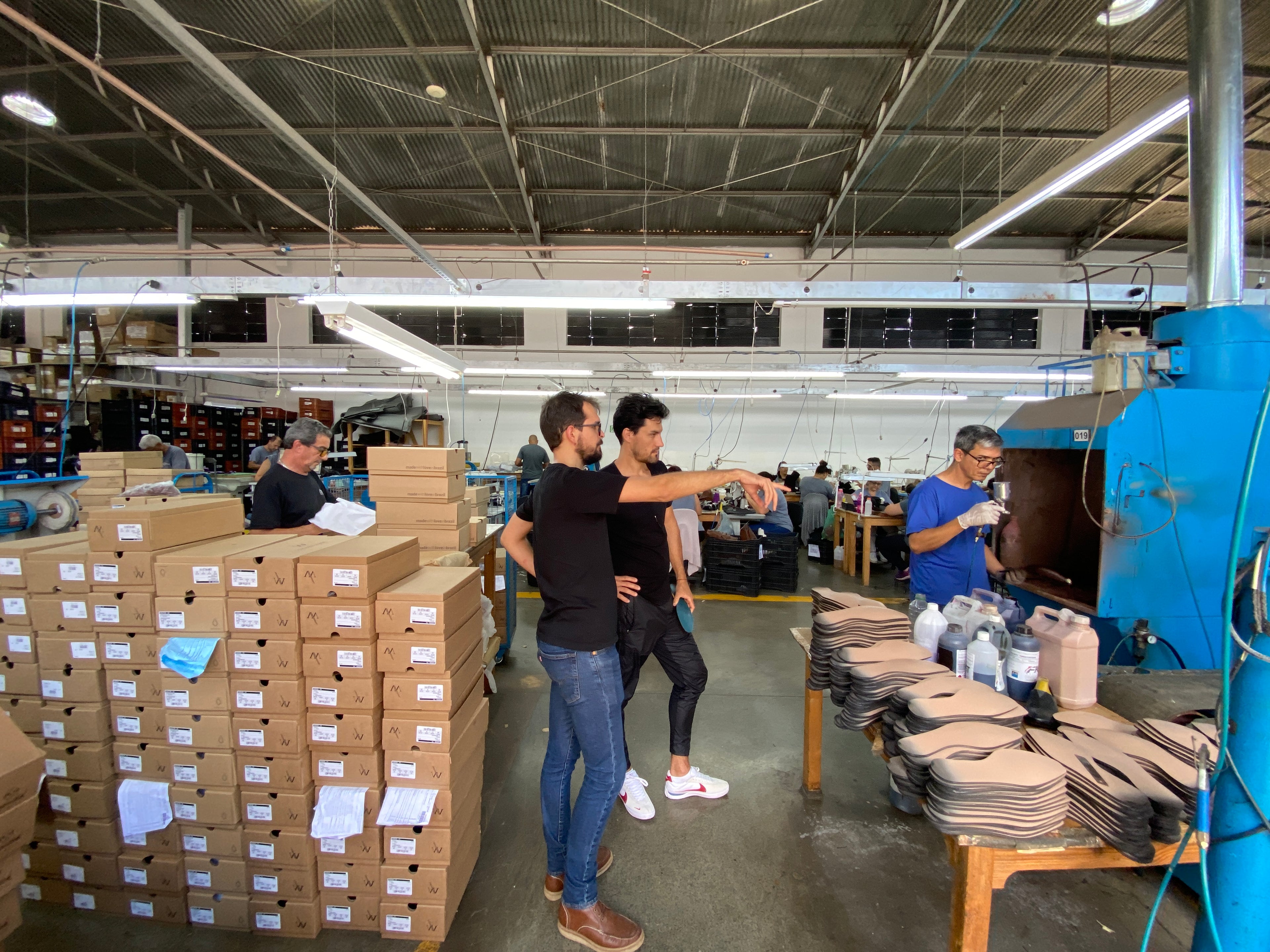Thank you to the report from Material Innovation Initiative, here is an overview of next Gen Materials.
Next-gen materials” are animal-free and environmentally preferable direct replacements for conventional animal-based leather, silk, fur, down, wool, and exotic skins (also referred to as “incumbent materials”). Next-gen materials use a variety of biomimicry approaches to replicate the aesthetics and performance of their animal-based counterparts.
Examples of exclusions from this definition include:
+ materials that are not directly replacing animal-based materials;+ materials designed for use in construction, thermal cooling, and packaging solutions that traditionally do not make use of animal-based materials; recycling and upcycling technologies; wearable technologies, and dye, cut, trim, or other manufacturing and supply chain technologies.
“Current-gen materials” are those used to substitute for animal-derived materials by winning on price. For example, synthetic leather made from petrochemicals sells wholesale at one-third the cost of the animal leather equivalent. We generalize these petroleum-based alternatives (e.g., polyurethane (PU), polyvinyl chloride (PVC), acrylic fiber) as “current-gen materials,” but their current applications in the market are far beyond animal-based material replacements. More clothing is made from polyester and nylon (both plastics) than cotton. Examples of “current-gen” alternatives include PU for leather, polyester for silk, and acrylic for wool.
ANIMAL-BASED (INCUMBENTS)
Humans have used leather, silk, wool, fur, down, and “exotic” skins for centuries.
These animal-based materials present environmental and ethical challenges, which are increasingly urgent problems as the human population continues growing.
SYNTHETIC (CURRENT-GEN)
The invention of synthetics in the 20th century enabled inexpensive petroleum-derived alternatives to animal-based materials: polyurethane, PVC, polyester, acrylic and more.
Unfortunately, these alternatives are also unsustainable and ethically fraught.
NEXT-GEN
A new crop of scientists, artists, and innovators are pioneering next-gen materials. These innovations are high performance, animal-free, and more sustainable.
This is the next generation of our material economy.
PLANT-DERIVED
Applies to next-gen materials derived from virgin or waste/byproduct plant matter. For simplicity, fungi (fruiting body) and algae inputs are included in this category, even though they are not plants.
MYCELIUM
Applies to next-gen materials that utilize the root-like structure of some fungal species called mycelium. This category is distinctive from the plant-derived category due to the rich activity of next- gen innovation involving mycelium.
CULTIVATED ANIMAL CELLS
Applies to next-gen materials that utilize tissue engineering approaches to grow animal cell constructs (e.g., skin) in the laboratory.
MICROBE-DERIVED
Applies to next-gen materials that utilize cellular engineering approaches such as cell culture or fermentation processes to produce products like proteins and biopolymers for next-gen material formulations.
RECYCLED MATERIAL
Applies to next-gen materials that utilize recycled plastic or recycled textile feedstock as a main input.
BLEND
Applies to next-gen materials that use a mixture of components not well-captured by any of the above categories.


